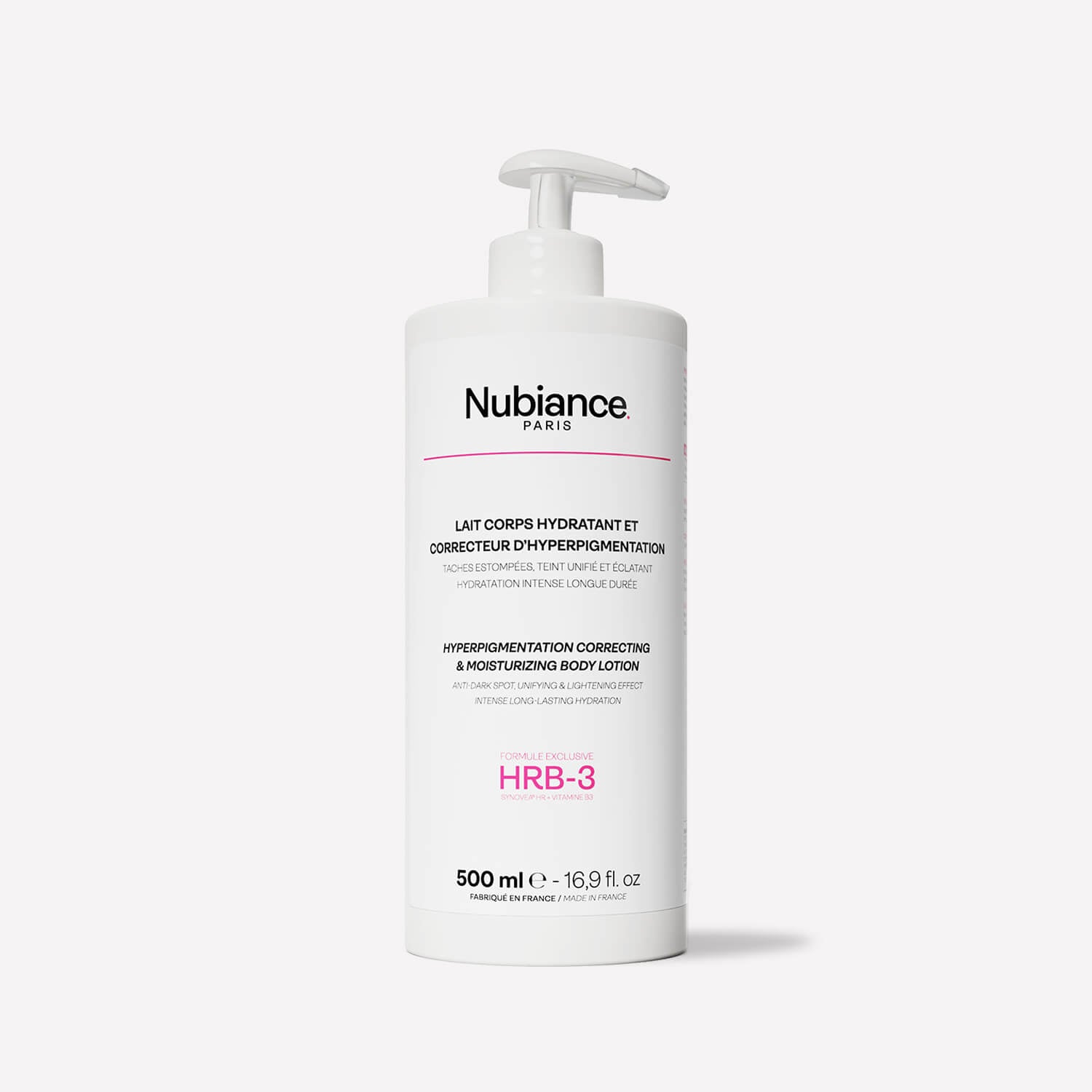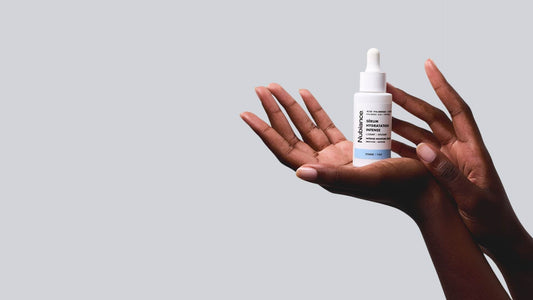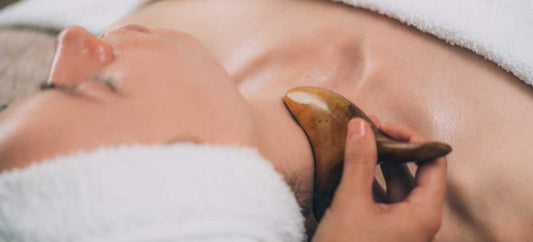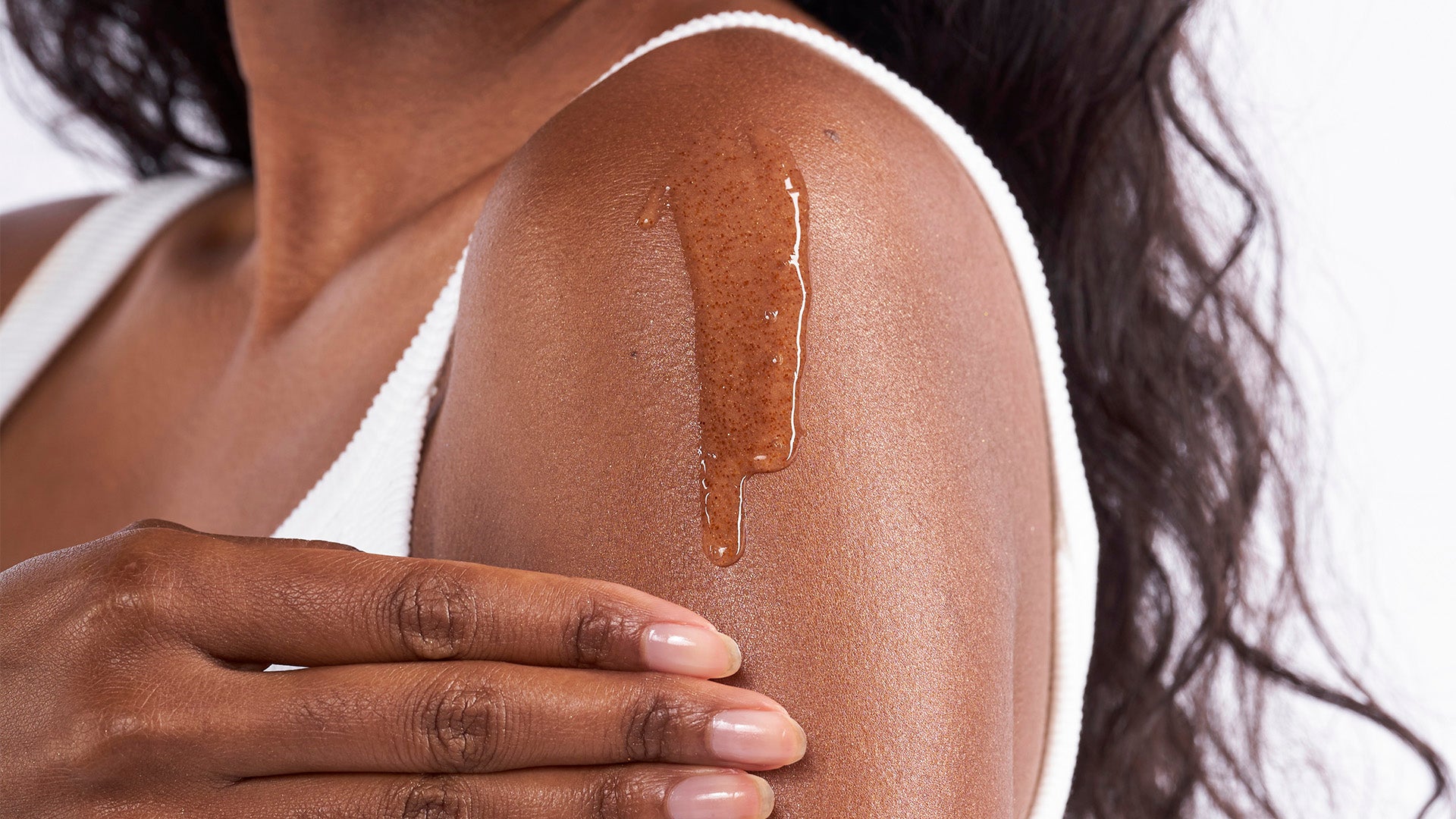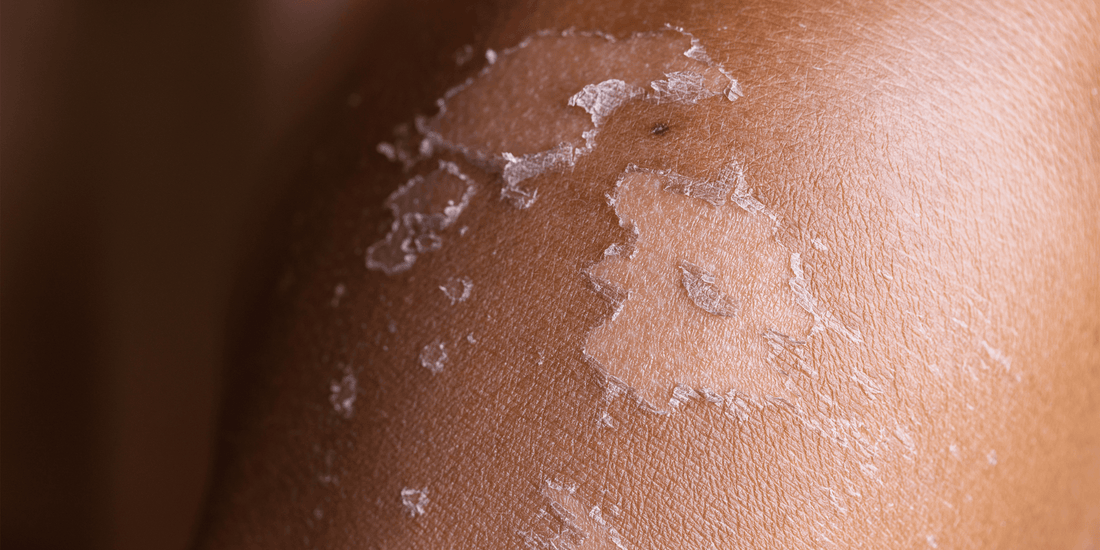
Skin burns: the right things to do
Partager
Burned skin can affect anyone because of ultraviolet radiation or thermal heat sources such as burning liquids and vapors, flames and hot iron. What to do in case of skin burn? It all depends on the extent and depth of the burn. Zoom in on the solutions available to you!
Where does a skin burn come from?
Your skin can get burned in several different ways, the most common being contact with a heat source such as hot iron, flame, embers, burning liquid or steam. Especially in summer, we also tend to expose ourselves too much to the sun. And intense sunburn can cause deep burns.
In any case, burning the skin leads to destruction of the skin. Sometimes it is superficial and only affects the epidermis. In some cases, the burn is deeper. But how to assess the degree of skin burn?
It is necessary to take into account the depth of the burn where we are talking about:
- First degree burn: this is generally caused by sunburn causing red, painful and dry skin. She never has blisters.
- Superficial second-degree burn: the lesions are more painful than first-degree burns with red, oozing and swollen skin. She is also covered in blisters with clear fluid inside.
- Deep second-degree burn: the deep layer of the skin is affected. The same goes for nerve endings. This is why the lesions are less painful. On the other hand, the case is serious. You will notice that the burned skin is pale under the whitish blisters.
- Third-degree burn: This type of burn destroys nerves, but also muscles and bones. You will notice that there is a black or brown sunken sore, surrounded by swelling. However, there is no blister.

What to do in case of skin burn?
It must be said immediately if it is a serious burn, from deep second degree to third degree, you must call emergency services and consult a doctor for appropriate treatment.
But in the event of a first degree skin burn, here are some actions you can take quickly.
- Run water for a few minutes, neither too hot nor too cold, at around 25°C, over the burn.
- Gently pat the skin dry with a soft towel.
- Apply a healing cream based on calendula or a pharmaceutical ointment like Biafine.
- It is best to leave the wound in the open air to speed up healing, but if necessary, you can cover it with a sterile dressing.
- If the pain is unbearable, you can take painkillers.
Typically, a first-degree skin burn heals in less than a week without leaving a scar.
If you are the victim of a minor second-degree burn, you can take the same first steps: place the wound under running water between 15 and 25°C for 15 minutes and take analgesics to reduce the pain.
Then, you will need to consult a doctor to make a local dressing. Depending on the depth and extent of the burn, it may or may not be an antibacterial dressing. Sometimes surgery may be necessary for a skin graft or excision. Typically, a second-degree burn takes 2 to 3 weeks to heal.

What are the steps to take in the event of sunburn?
It is not only contact with heat sources that can cause a skin burn. Ultraviolet rays can also cause burns and other damage such as eye damage.
Sunburn can affect your skin in several different ways. As a reminder, they are due to UVB rays which penetrate the skin deeply. Just like contact with a heat source, sunburn can cause a first-degree, superficial or deep second-degree burn.
As soon as you feel sunburn, move to the shade and cool the inflamed area. Just run water through it for a quarter of an hour. If several areas of the body are affected, it is advisable to take a lukewarm bath. Avoid chilled water or ice because even with a soothing effect, they may further damage the skin.
Then, apply a sedative ointment to the burned area to reduce pain and speed up healing. It is obvious not to expose yourself to the sun during the following days since the skin is still fragile. If it is a second degree burn, the blisters must be disinfected with an antiseptic to avoid any risk of infection.
Furthermore, when you go out in the sun, always put on a cream with a powerful sun filter, even on cloudy days, because the sun's rays are always present. And avoid prolonged exposure, especially during peak UV rays between 10 a.m. and 4 p.m.
Finally, in order to regain beautiful skin following a skin burn, you must adopt an effective beauty routine. Always remember to clean your skin thoroughly morning and evening with micellar water and/or a cleansing gel . Promote cell renewal with exfoliation . Finally, apply a cream adapted to your needs such as a moisturizer, an anti-aging cream or even an anti-blemish cream .
